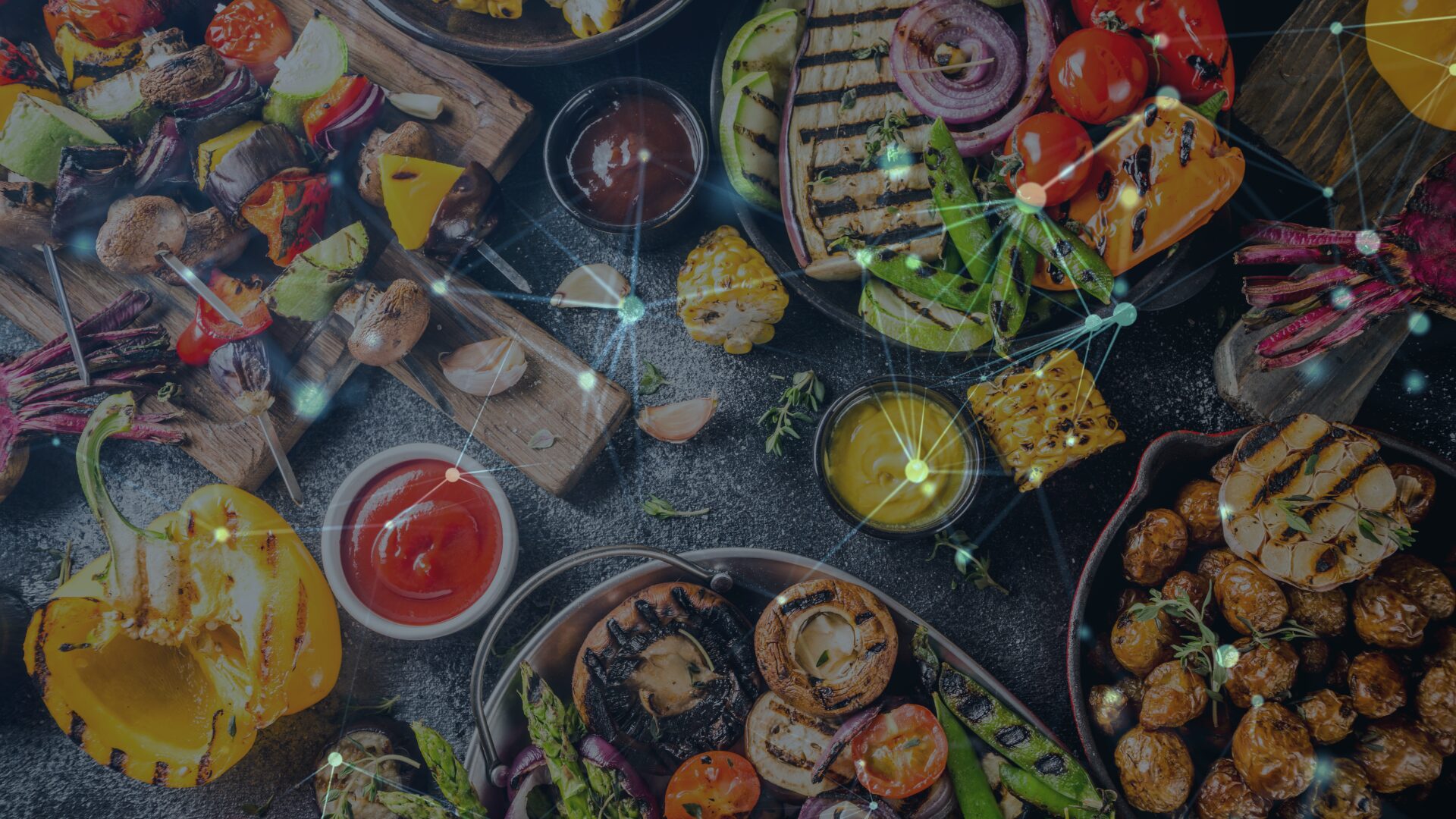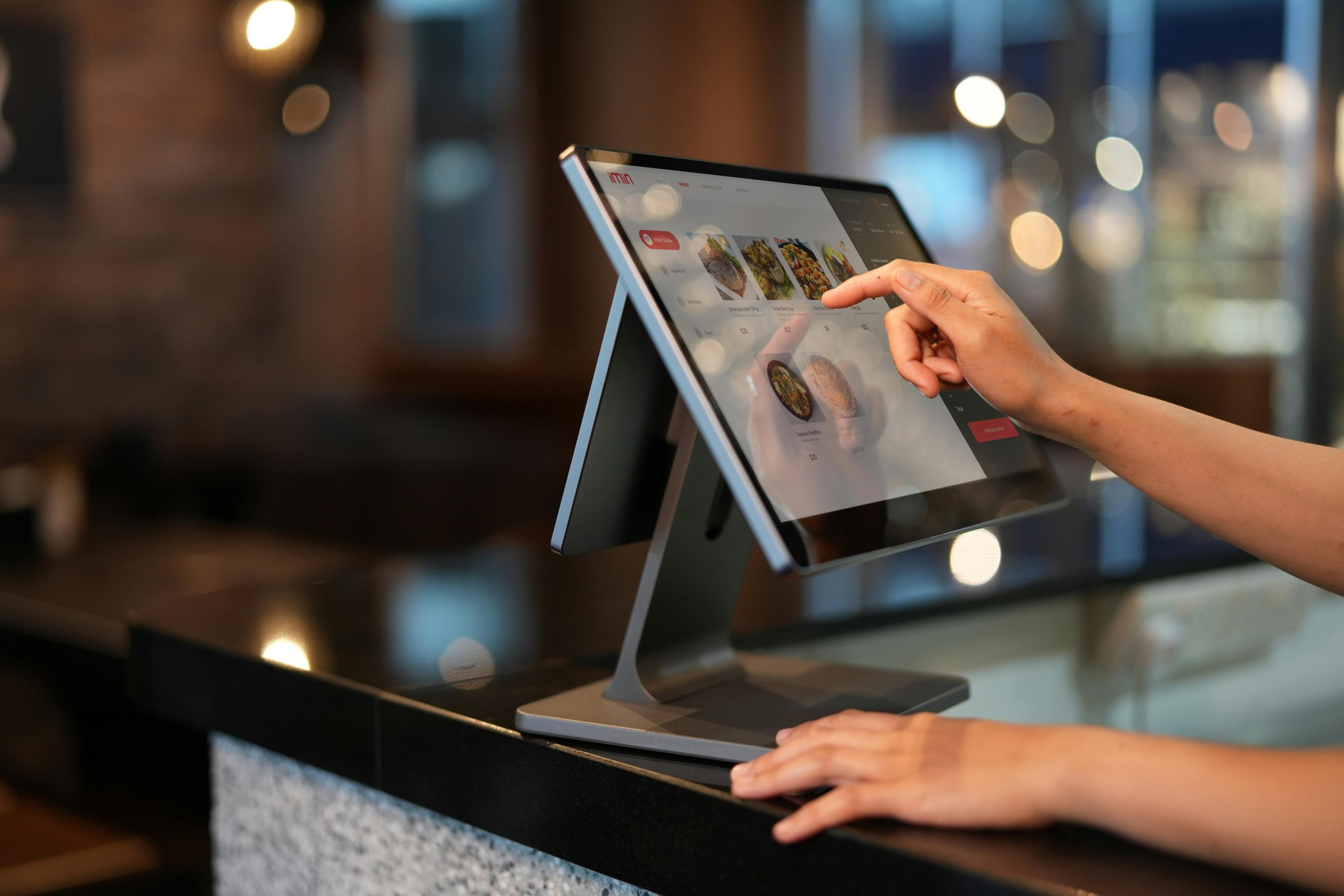Generative AI continues to pervade the food industry, and image creation is no exception.
On a company level, the path to incorporating these tools has been, in many cases, experimental. In recent months, some early adopters have been cast into the public eye for sharing inaccurate or unappetizing AI-generated food images.
In January, Instacart scrubbed a swath of recipes with AI-generated food images from its website after “unsettling” details like strangely blended textures and physically impossible compositions began raising eyebrows, reported Business Insider.
Despite such pitfalls, food producers that master the nascent technology could reap significant rewards in the long term.
According to new findings by the University of Oxford, consumers think AI-generated food images look tastier than authentic photos of food.
In the study, the researchers asked 297 participants to rate a range of real and AI-generated images — including natural, processed, and ultra-processed foods — on a scale from “Not at all appetizing” to “Extremely appetizing.”
Results suggest that AI-generated visuals can enhance food’s overall appeal by leveraging key features such as symmetry, shape, lighting, color — even subtle tweaks in positioning like not pointing products directly at the viewer.
Key Considerations and Concerns for AI-generated Food Images
The study also revealed that an awareness of the image creation process impacts overall reception.
When participants knew how each image was sourced, they tended to rate real and AI-generated versions equally appealing. When participants were unaware, however, the AI-generated version was consistently rated as significantly more appetizing than the real food image.
This point could be noteworthy for food producers as formal regulations surrounding the technology have yet to be established. In the case of Instacart, the company has been publicly disclosing when photos are generated by AI, emphasizing that user discretion is advised.
Furthermore, the study raises concerns about how AI imagery could potentially foster unrealistic expectations about how natural foods should look and potentially harm sustainability efforts such as the promotion of “ugly” fruits and vegetables.
Consistent exposure to picture-perfect dishes could also influence unhealthy eating behaviors at a time when American diets are already under heavy scrutiny.
“While AI-generated visuals may offer cost-saving opportunities for marketers and the industry by reducing the cost of commissioning food photoshoots, these findings highlight potential risks associated with exacerbating ‘visual hunger’ among consumers – the phenomenon where viewing images of food triggers appetite and cravings,” said study supervisor and co-author Professor Charles Spence, a Professor of Experimental Psychology at University of Oxford.
The Food Institute Podcast
Controlled environment agriculture saw tons of interest and investment in the post-pandemic period, but how are macro-economic conditions impacting the sector in 2024? Agritecture founder and CEO Henry Gordon-Smith joined The Food Institute Podcast to break down the sector’s prospects, technological advancements, and what types of foods are being grown indoors.












